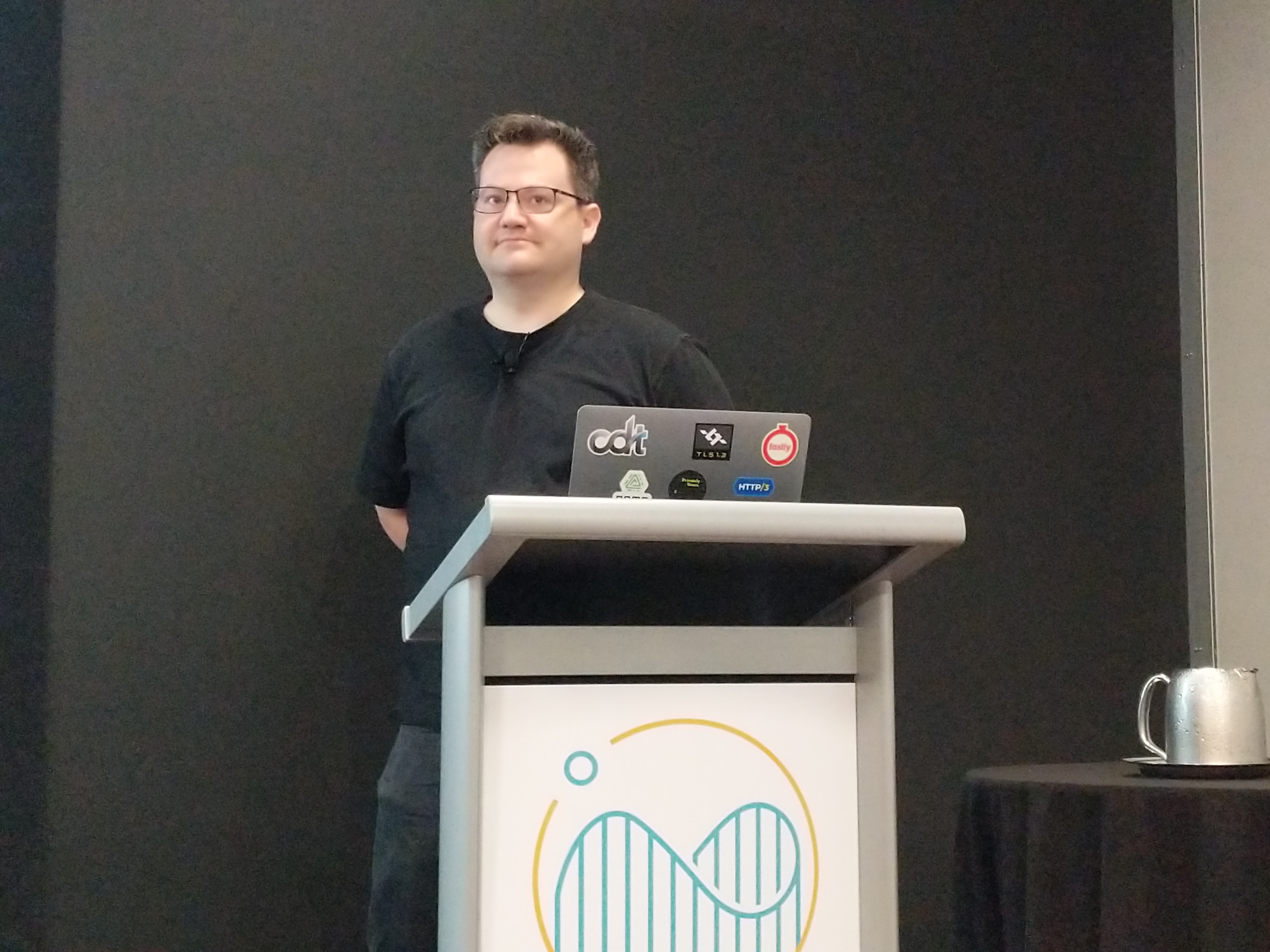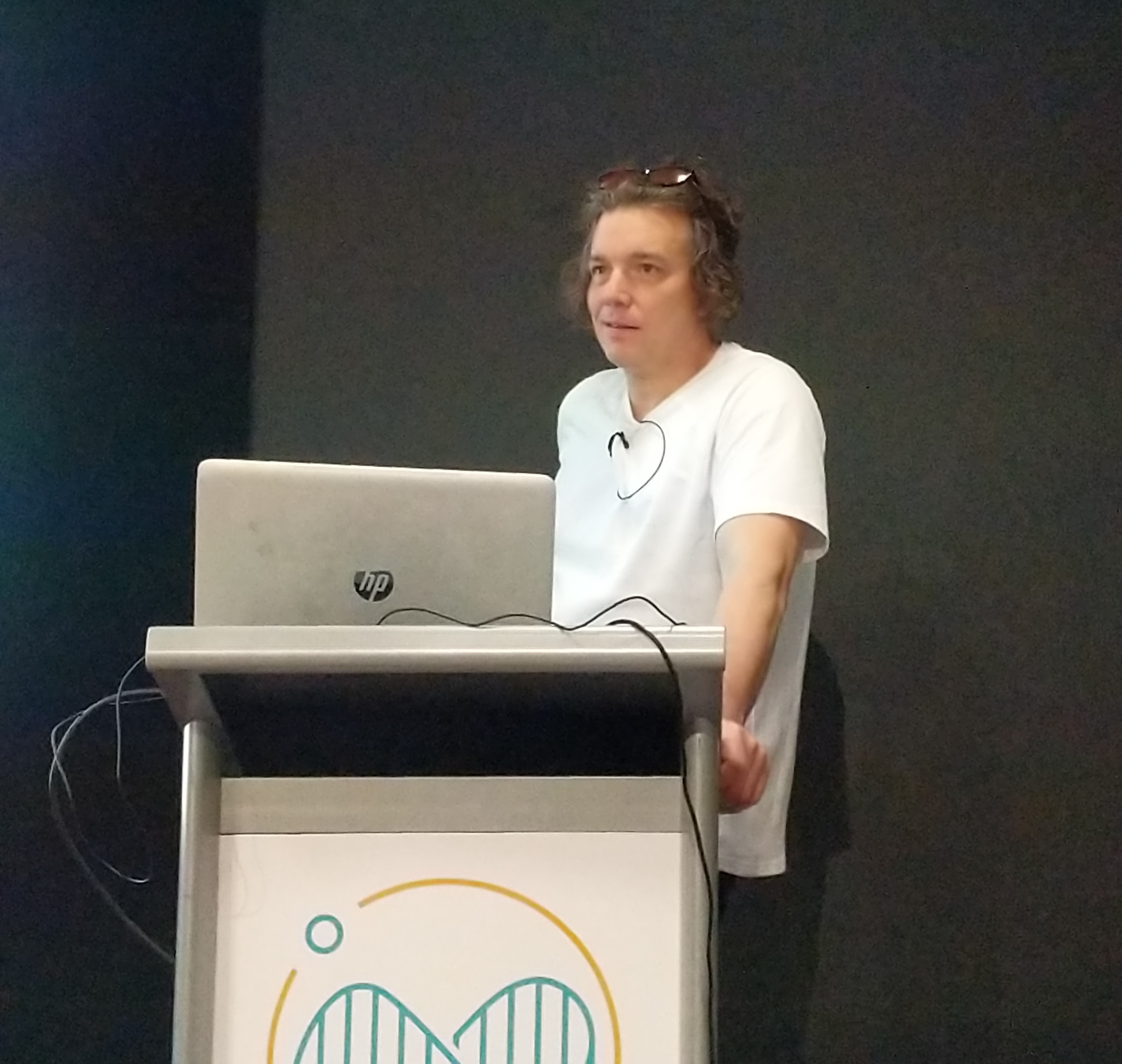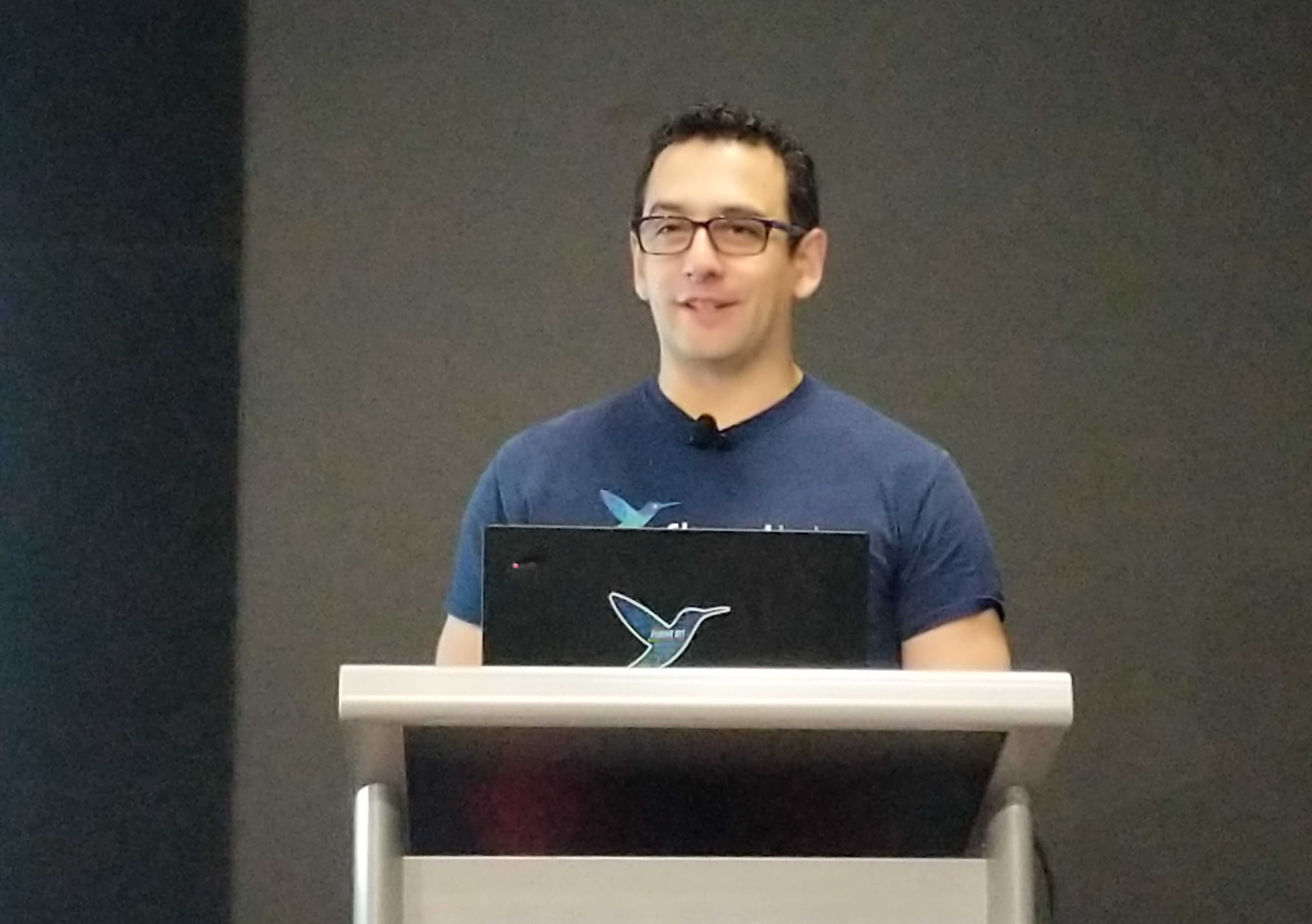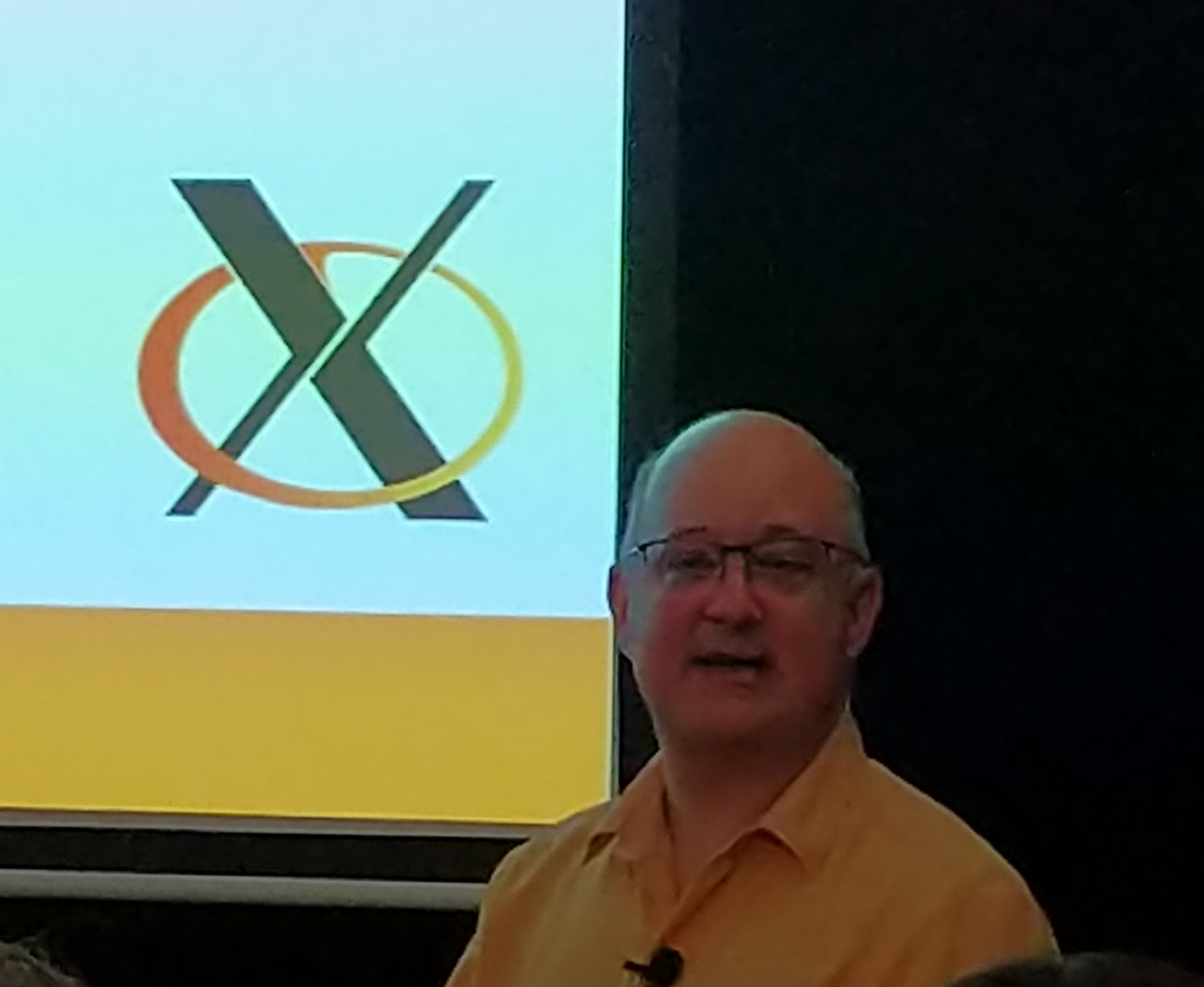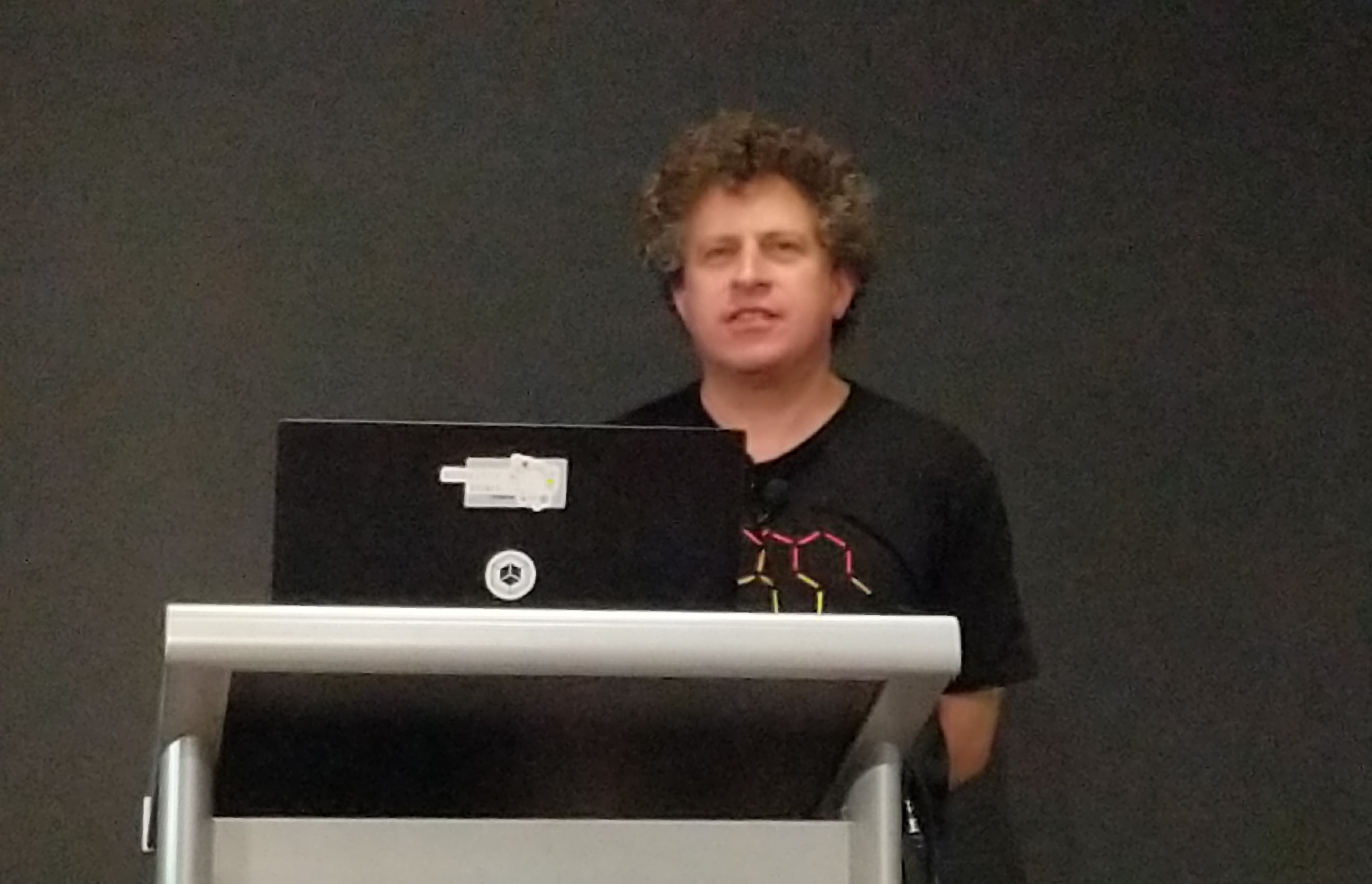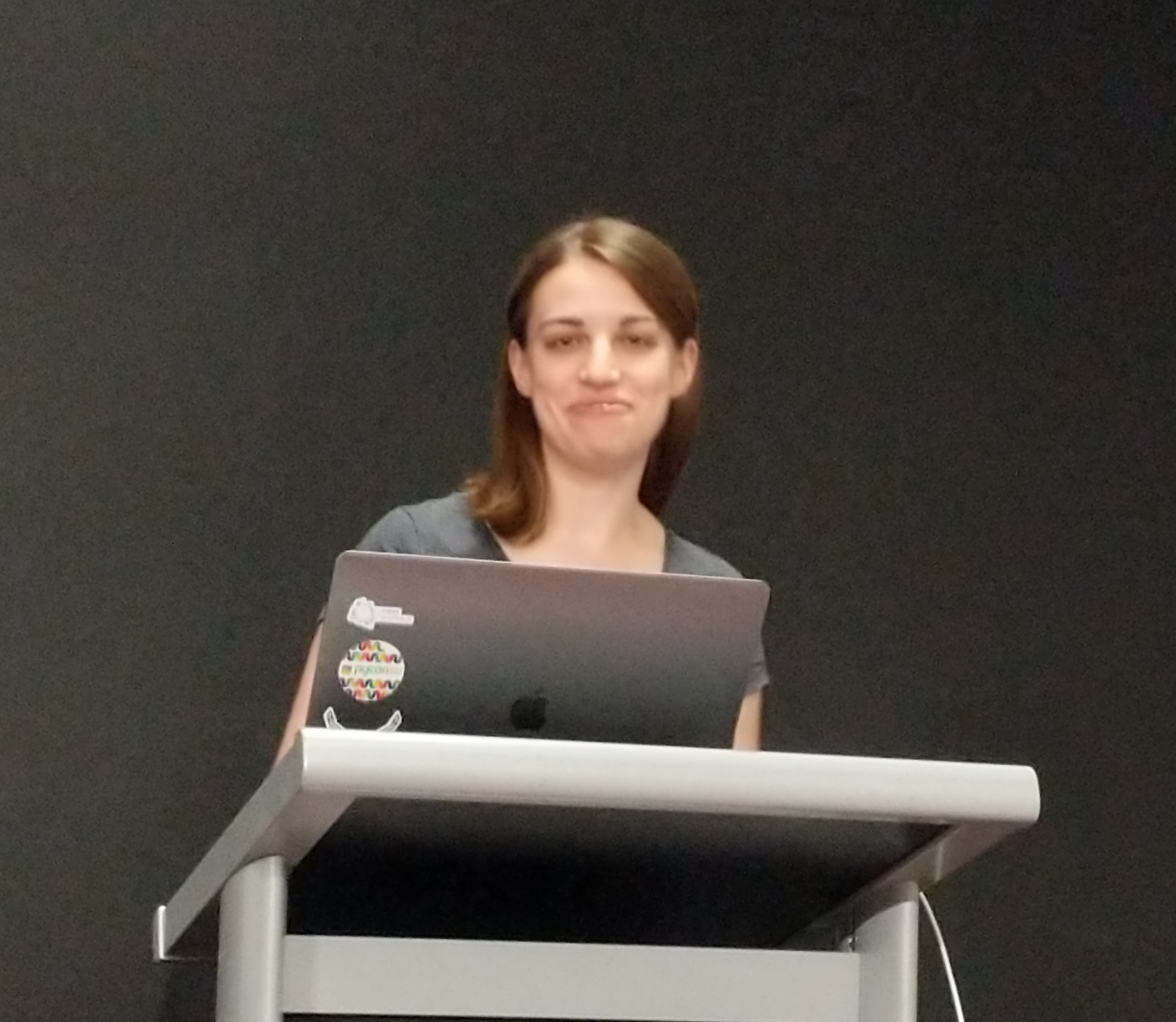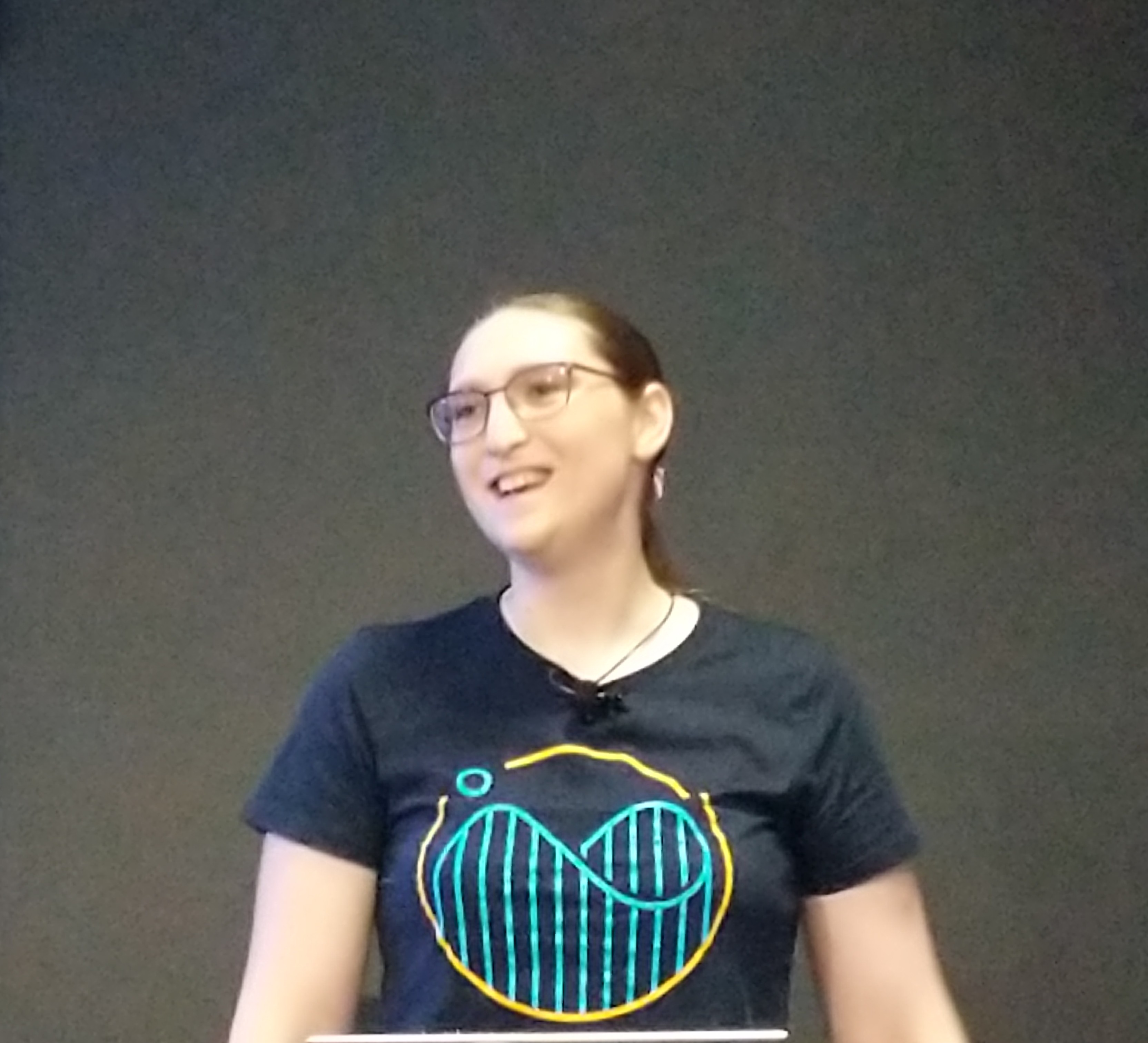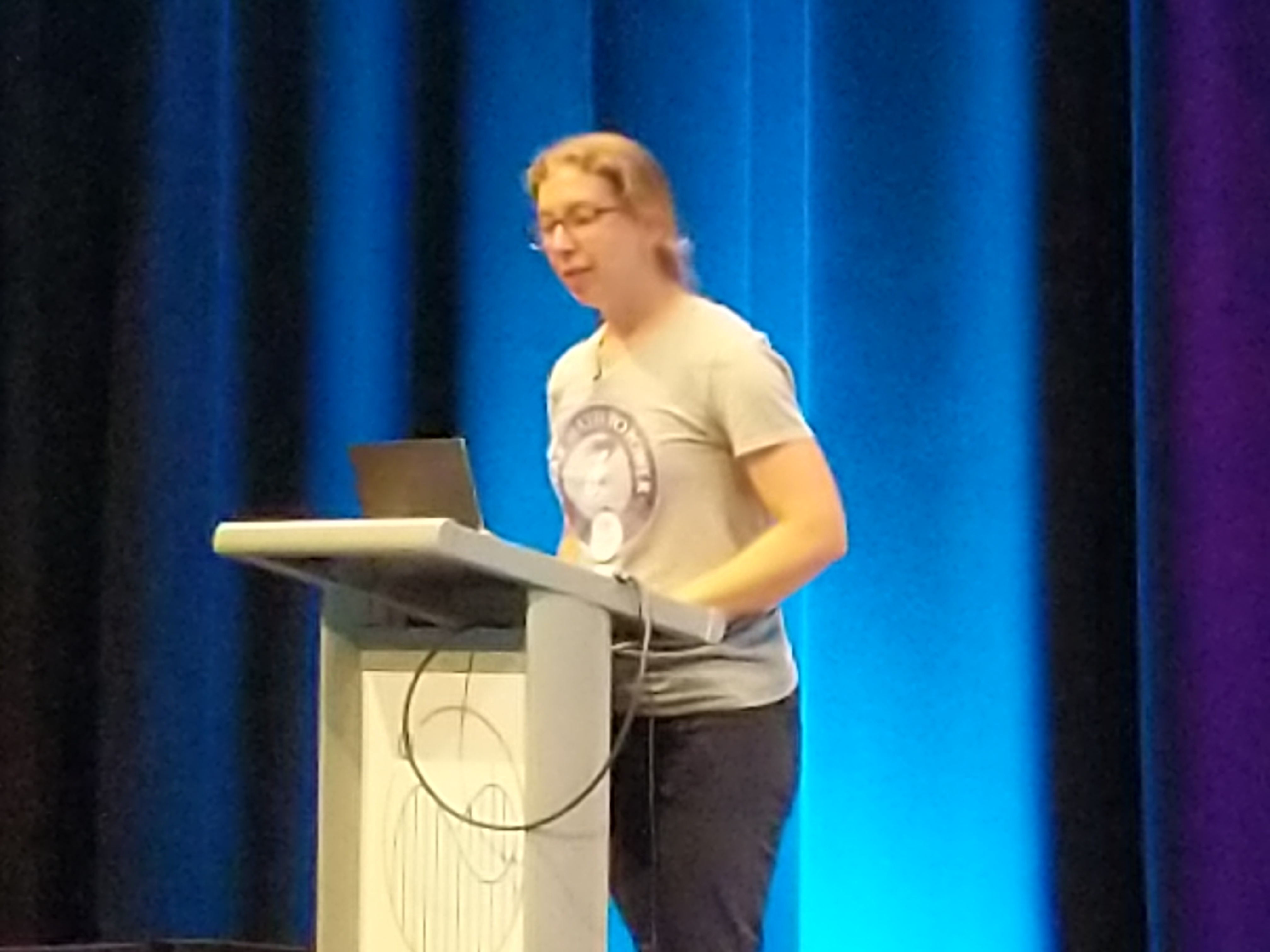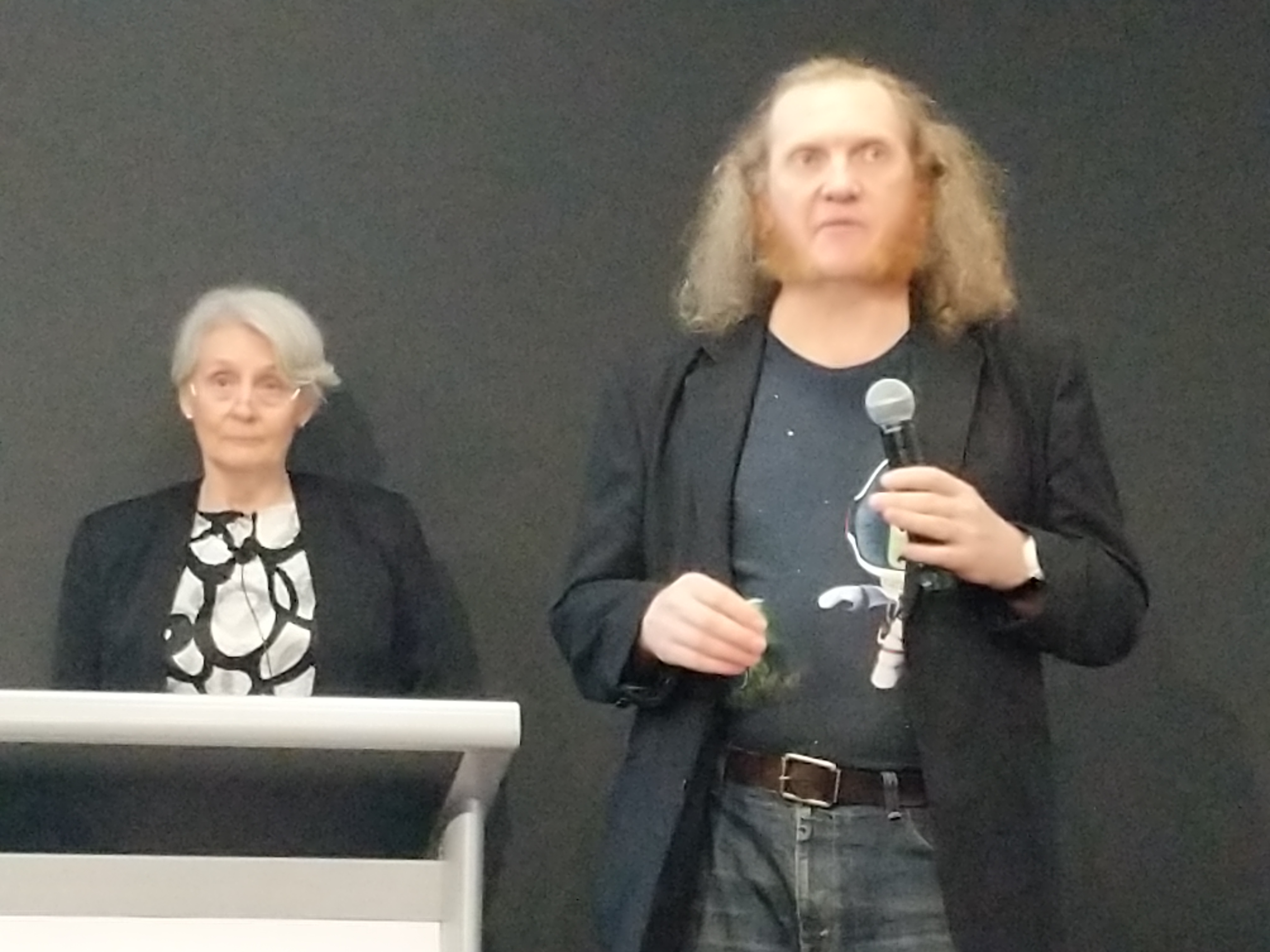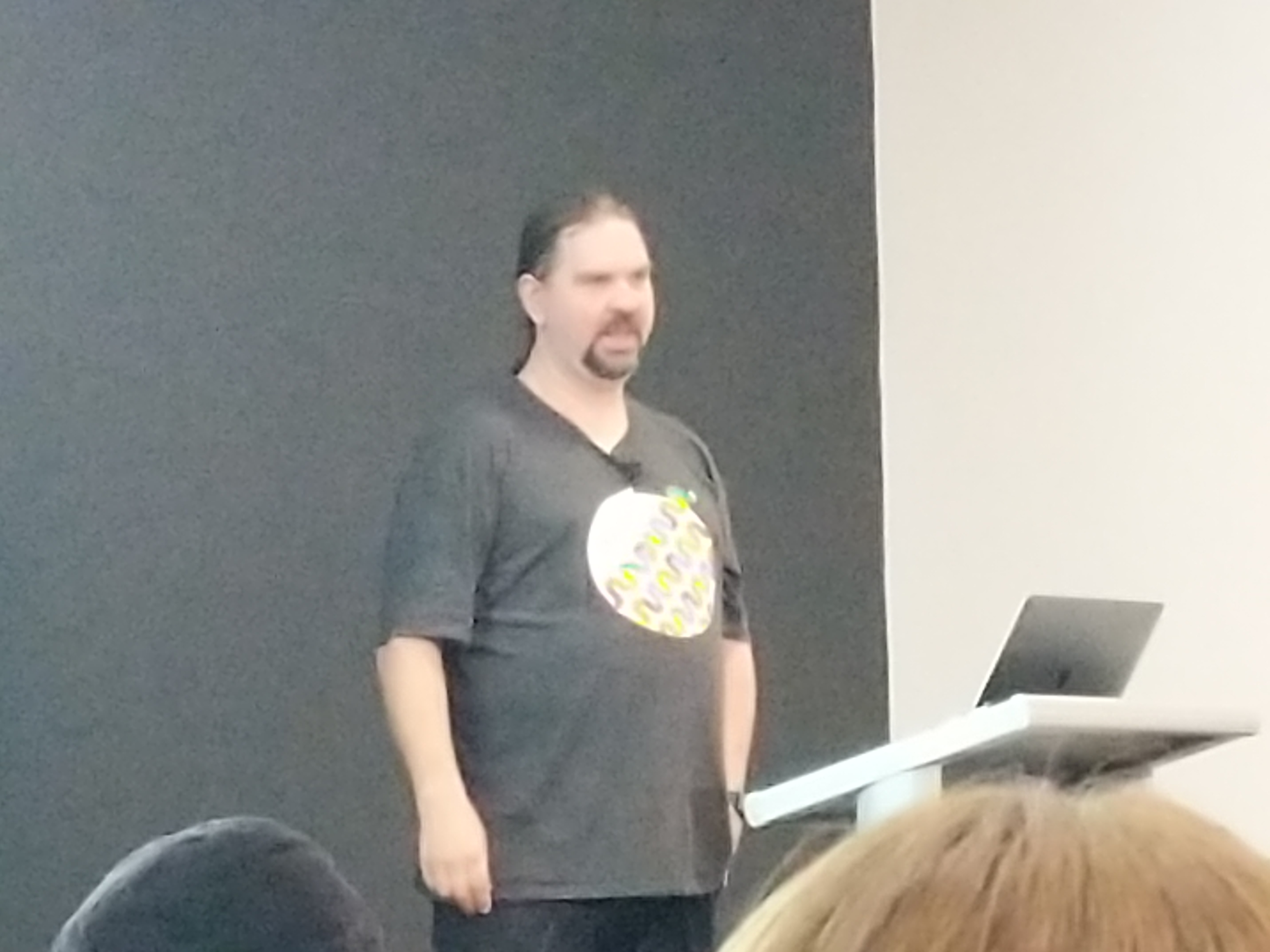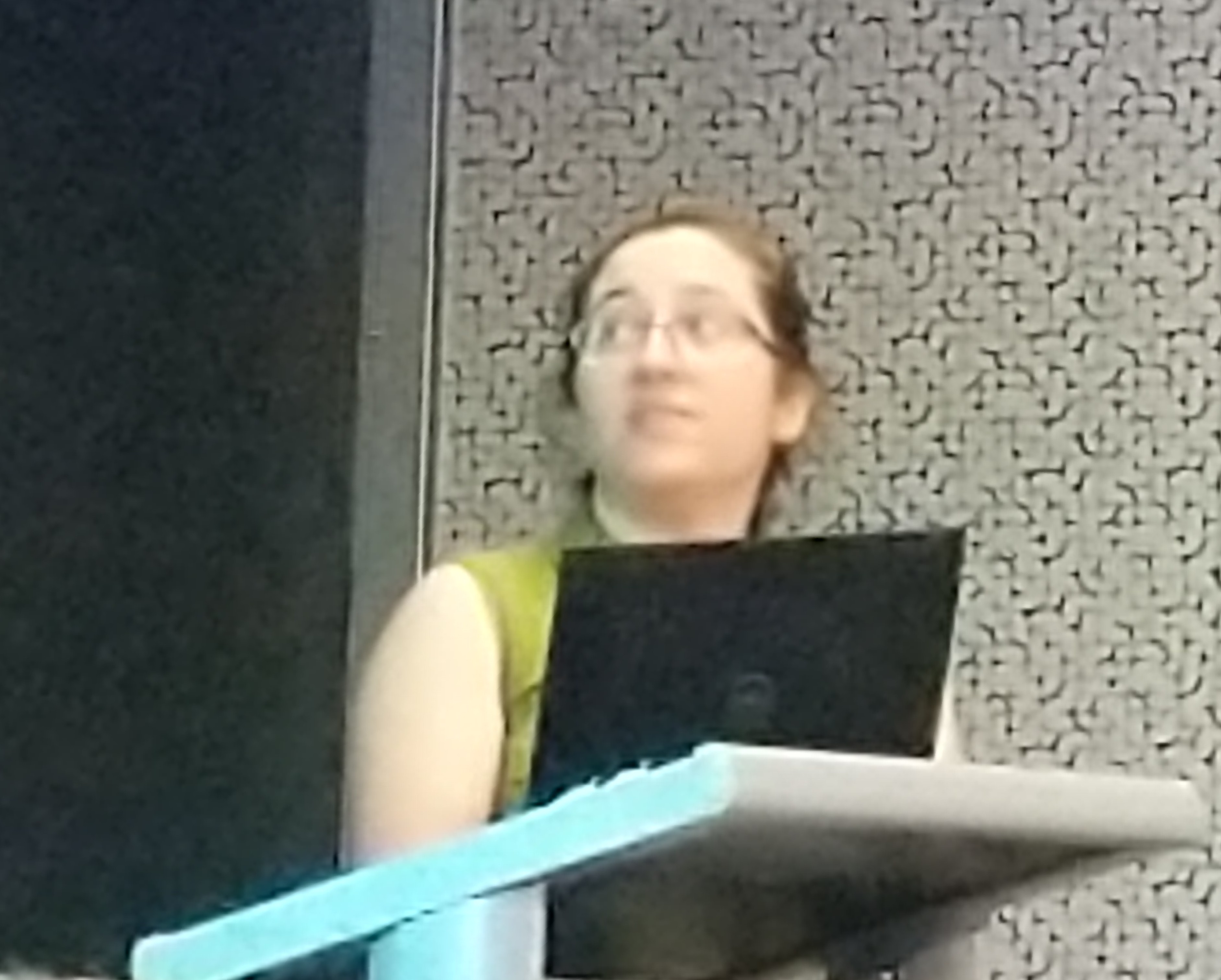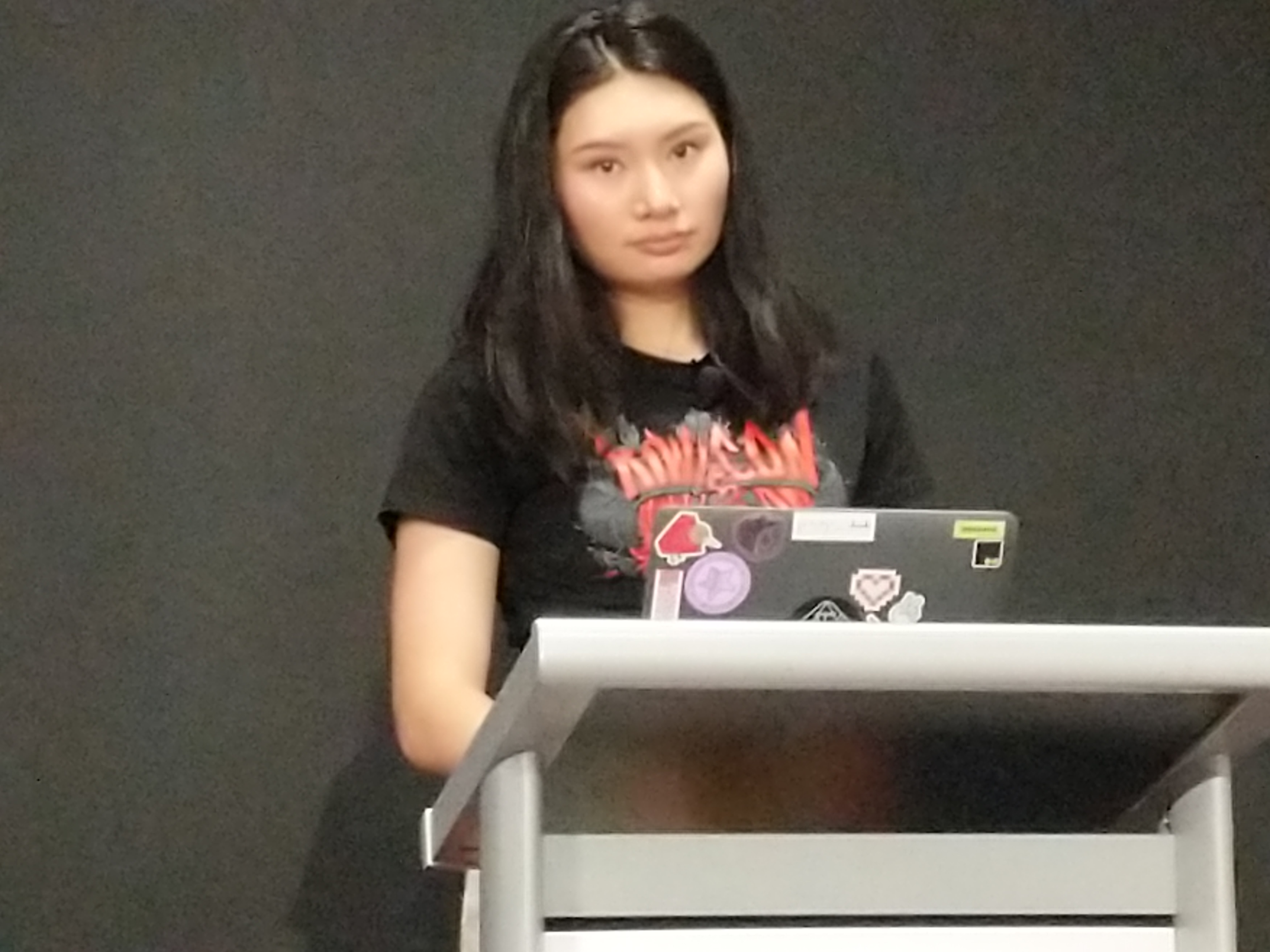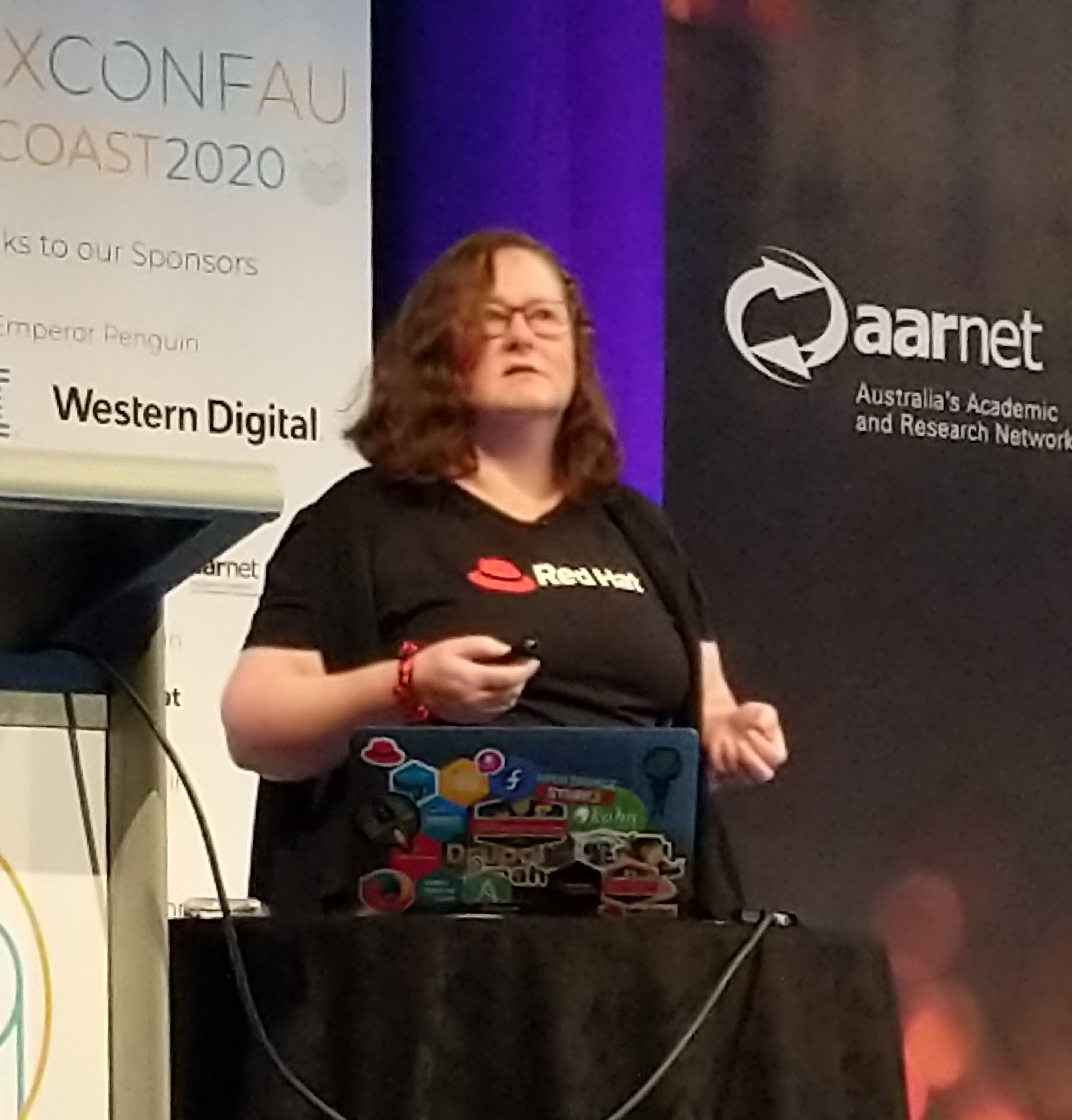Steve
- Less opportunity for Intern type stuff
- Trying to build team with young people
- Internships
- They Need opportunities
- Think about giving a chance
Martin
- Secure Scuttlebutt
- p2p social web
- more like just a protocol
- scuttlebutt.nz
- Protocol used for other stuff.
Emma
- LCA from my perspective
Mike Bailey
- Pipe-skimming
- Enahncing UI of CLI tools
- take first arg in pipe and sends to the next tool
Aleks
- YOGA Book c930
- Laptop with e-ink display for keyboard
- Used wireshark to look at USB under Windows
- Created a device driver based on packets windows was sending
- Linux recognised it as a USB Keyboard and just works
- Added new feature and
- github.com/aleksb
Evan
- Two factor authentication
- It’s hard
Keith
- Snekboard
- Crowdsourced hardware project
- crowdsupply.com/keith-packard/snekboard
- $79 campaign, ends 1 March
Adam and Ben
- idntfrs
- bytes are not expensive any more
William
- Root cause of swiss cheese
Colin
- OWASP
- Every person they taught about a vulnerbility 2 people appeared to write vulnerable code
- WebGoat
- Hold you hand though OWASP vulnerability list. Exploit and fix
- teaching, playing to break, go back and fix
- Forks in various languages
Leigh
- Masculinity
- Leave it better than you found it
David
- Fixing NAT
- with more NAT
Caitlin
- Glitter!
- conferences should be playful
- meetups can be friendly
- Ways to introduce job
- Stickers
Miles
- Lies, Damn lies and data science
- Hipster statistics
- LCA 2021 is in Canberra
